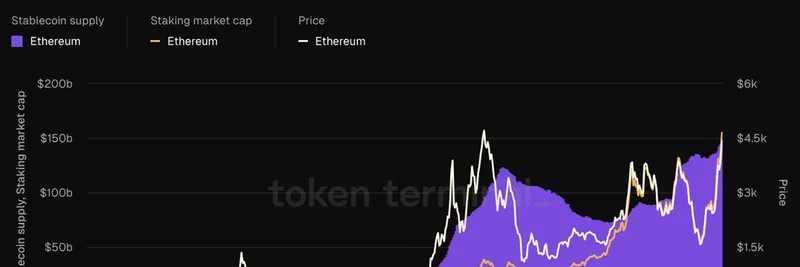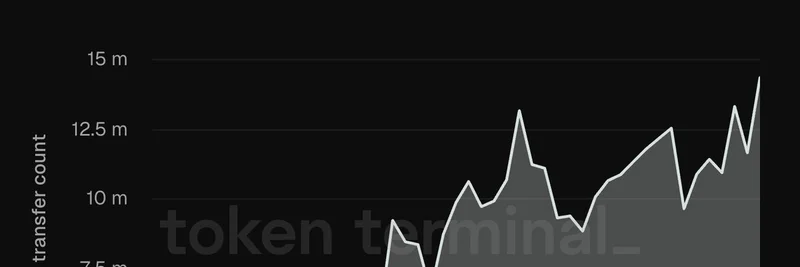Hey there, meme enthusiasts! At Meme Insider, we're all about diving into the wild world of meme tokens, but sometimes the bigger crypto picture drops hints on what's coming next for our favorite digital jokes. Recently, Token Terminal posted a killer visualization of Fundstrat's ETH flywheel, and it's got us thinking about how this could pump some serious energy into the meme token scene. Let's unpack it step by step.
Breaking Down the ETH Flywheel
The term "flywheel" in crypto lingo describes a self-sustaining loop where one positive development fuels another, creating momentum that's hard to stop. According to Fundstrat, Ethereum is building just that. Their quote nails it: "Ethereum is also the architecture that future banks will have. When Goldman or JPMorgan issues a stablecoin on the Ethereum Layer 1, they're going to want to secure the network by staking ETH. We're trying to get in front of that by creating an Ethereum treasury vehicle."
In simple terms, stablecoins are digital dollars (like USDT or USDC) that keep their value steady, making them perfect for trading without wild swings. As big banks jump in and issue these on Ethereum's main layer (Layer 1), they'll need to stake ETH—locking up tokens to help validate transactions and earn rewards—to keep the network safe and sound. This staking boosts security, attracts more users, and kicks off the flywheel.
Looking at the chart, you can see Ethereum's stablecoin supply (in purple) exploding to around $150 billion, while the staking market cap (orange line) climbs steadily, and the ETH price (black line) rides the waves but trends upward overall. This data spans from 2016 to 2025, showing how these elements interplay: more stablecoins mean more on-chain activity, which burns ETH through fees (post-EIP-1559), making it scarcer and more valuable, which in turn encourages even more staking.
Why Meme Tokens Should Care
Now, you might be wondering, "Cool, but how does this affect my Pepe or Doge holdings?" Meme tokens often live on Ethereum or its Layer 2 solutions like Base or Arbitrum, where low fees and fast trades make community-driven hype possible. A stronger Ethereum ecosystem means better liquidity—think easier swaps with stablecoins flooding in from institutional players.
Imagine Goldman Sachs issuing a stablecoin on ETH; that brings in traditional money, which could trickle into speculative fun like meme tokens. Plus, with Ethereum treasury vehicles (companies holding and staking ETH like MicroStrategy does with Bitcoin), we're seeing firms like those chaired by Fundstrat's Tom Lee gearing up. These could spark a "DeFi Summer 2.0," where decentralized finance protocols offer yields on ETH holdings. Meme projects could tap into this by integrating with DeFi, creating yield-bearing meme farms or liquidity pools that attract more degens.
Recent moves, like Peter Thiel investing in ETH-focused treasury firms, signal that Wall Street is eyeing Ethereum seriously. Higher ETH prices from the flywheel could make Layer 2s even more affordable, letting meme communities experiment without gas fee nightmares.
Looking Ahead for Blockchain Practitioners
For those building or trading in the meme space, this flywheel underscores Ethereum's role as a solid foundation. It's not just about memes; it's about enhancing your knowledge base with tech news that impacts valuations. If stablecoin issuance ramps up and staking hits new highs, expect a ripple effect boosting on-chain volume—perfect for meme token launches and viral pumps.
Keep an eye on developments from Fundstrat and similar players. In the meantime, check out the original tweet from Token Terminal to see the full visual. What do you think—will this flywheel spin up the next meme bull run? Drop your thoughts in the comments!


